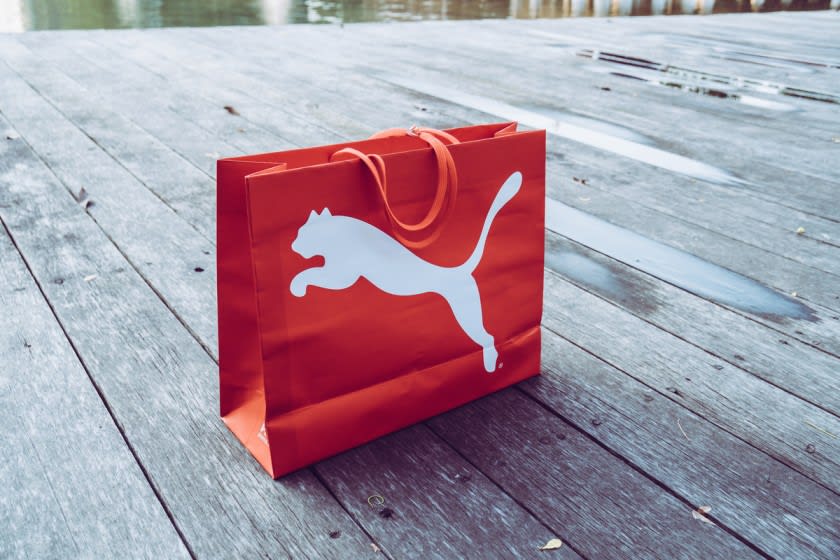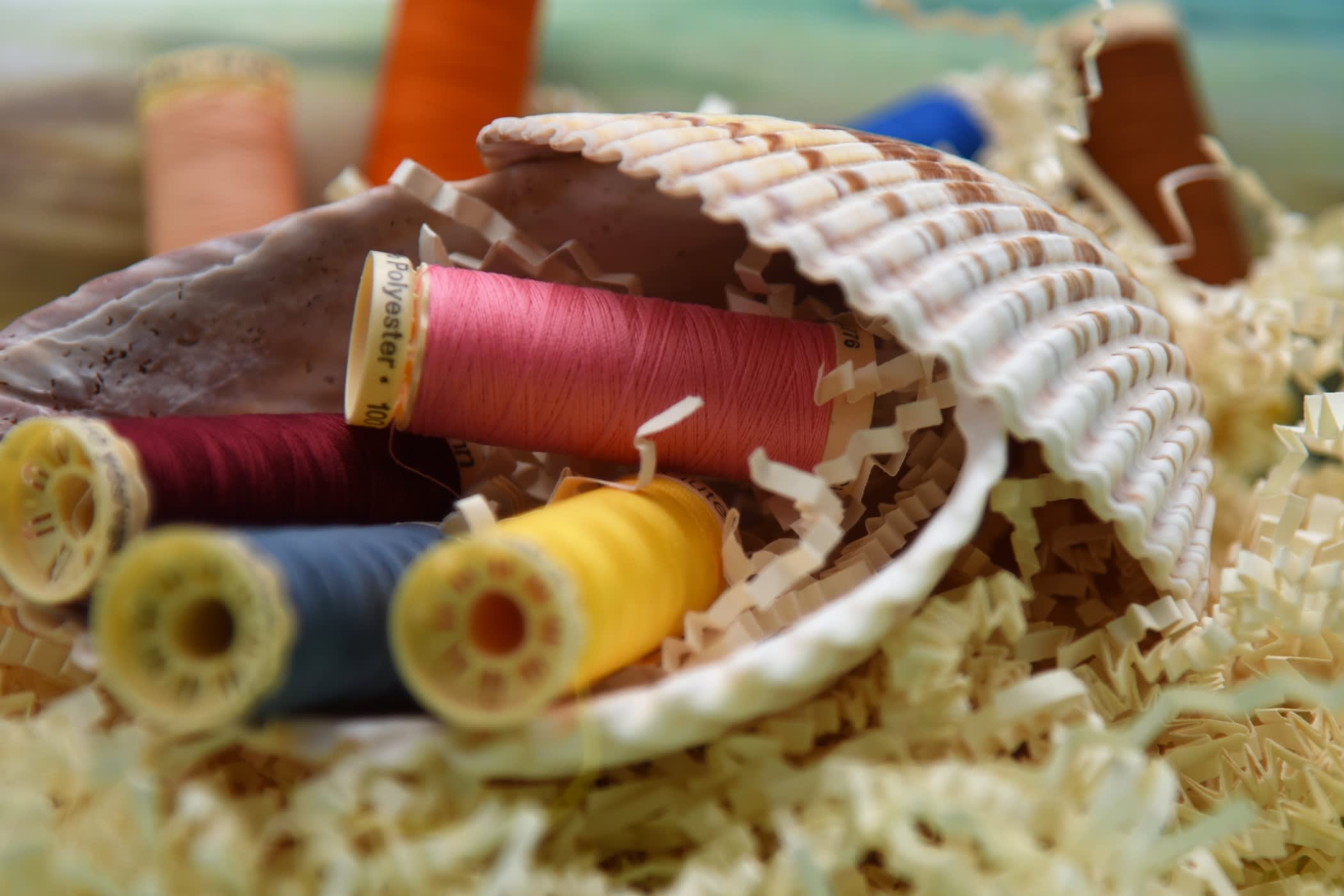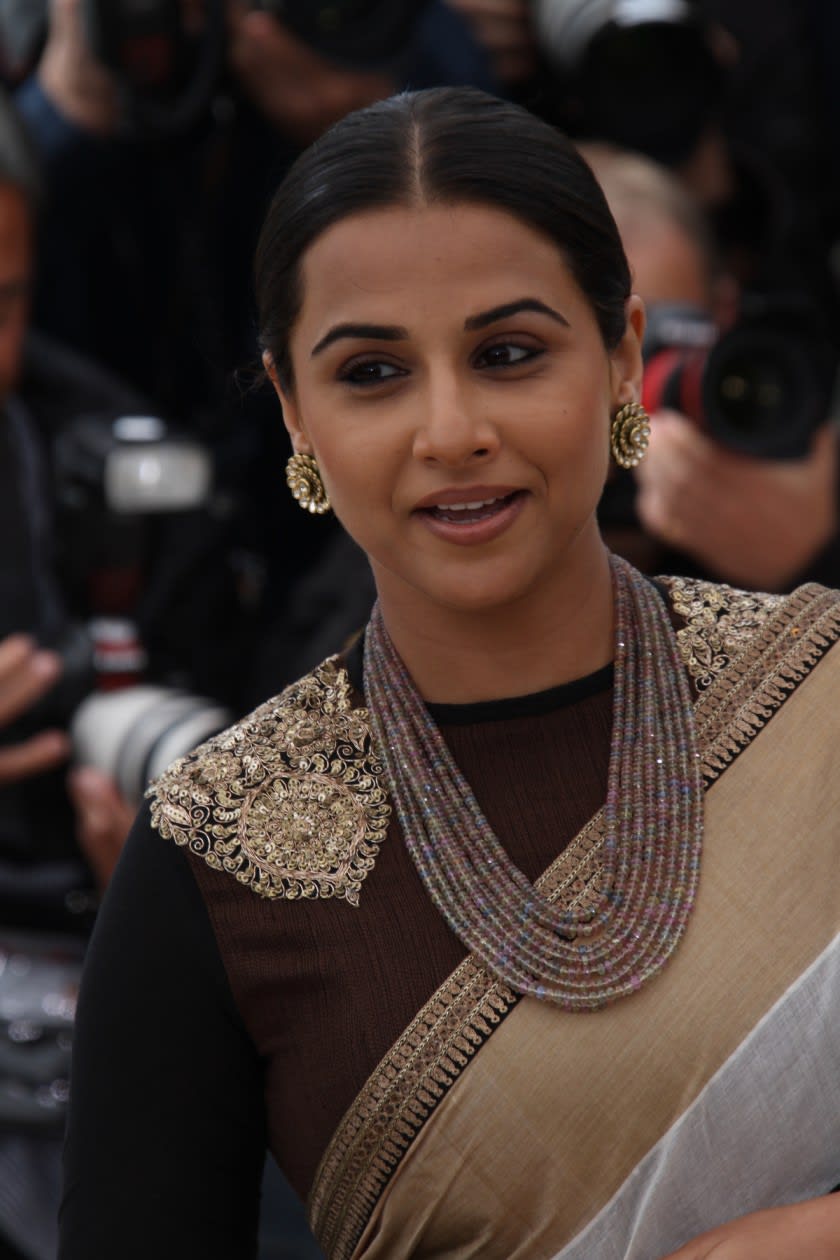Professionals' Guide to History of Fashion

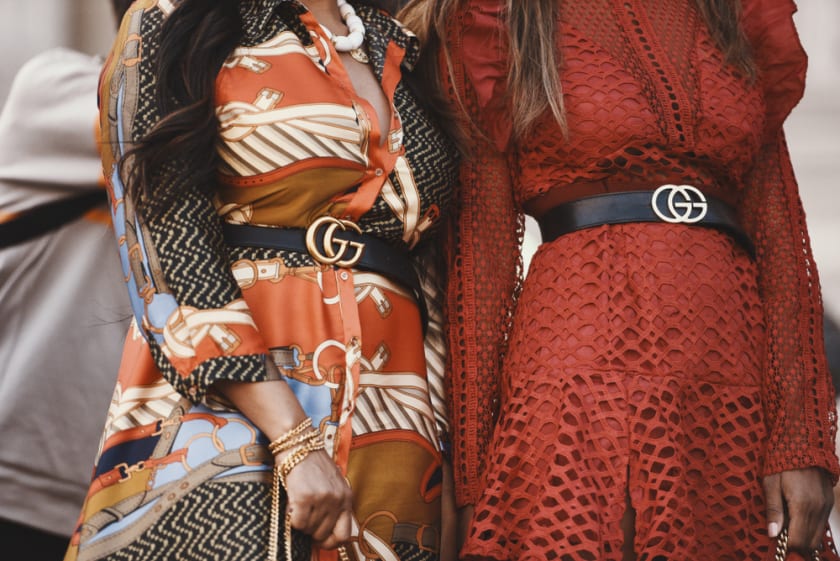

The word 'fashion' is a variant of the Old French word 'faceon', meaning 'form' or 'outward appearance'. The word 'faceon' is derived from the Latin term 'facio', which means 'do, make'.
In simple terms, fashion implies the prevailing style of dress during a particular period in time. On the other hand, fashion designing is defined as the art of creating fashionable apparel. Its origins date back to 1826, when Charles Frederick Worth established a fashion house in Paris. Charles Frederick Worth was a French draper who is considered to be the world's first fashion designer. He was the one who started the trend of setting up fashion houses and telling clients what style of clothing would suit them best.
During this period, several design houses cropped up and began to hire the services of artists to develop patterns for clothes. These patterns would then be presented to customers, who would then place an order if they liked them. Later in the 20th century, new developments began taking place in Paris, where fashion was perceived as 'Haute couture' and reserved for rich people. This led to Paris emerging as the fashion capital of the world.
Later, fashion designing spread to other parts of the world during the mid-twentieth century. However, it was not exclusive to certain individuals. Garments began to be mass-produced, and people were faced with an abundance of choices. Moreover, towards the end of the 20th century, fashion awareness among people began to increase, and they started choosing and wearing clothes based on comfort instead of the prevailing market trends.
Today, fashion is not just limited to clothing. It encompasses accessories such as jewellery, bags, and footwear. Furthermore, there is a wide range of garments to choose from, including lingerie, swimwear, handbags, bridal wear, men's wear, women's wear, children's wear, and footwear. Developments in the field of fashion designing have also given birth to a variety of professions such as fashion journalists, beauty and fashion influencers, fashion photographers, fashion advisors, hairstylists, make-up artists, and so on.
History of Fashion: 1900s-Present
Let us take a look at the evolution of fashion from the 1900s until today.
The pre-war fashion period, which lasted from the 1890s to the First World War, was known as La Bella Epoque. During this period, women's clothes primarily consisted of extravagant and long evening dresses that came with corsets. These corsets were designed to fit the female body into societal standards and were considered regressive. The corsets were usually tightly laced at the waist and chest and usually required assistance to be worn.
However, towards the beginning of the 20th century, women began to prefer more practical clothing. We will now have a look at the different styles of fashion from the 20th century till the present.
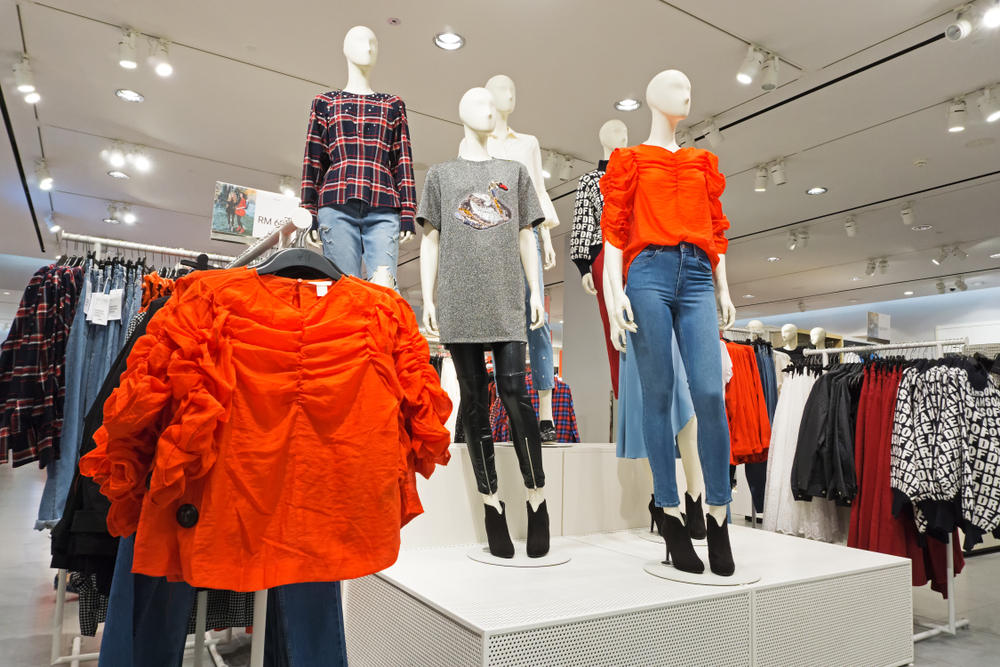
1900s-1910s
During the 1900s, women usually wore tailored blouses and skirts. Corsets still continued to be in fashion and were worn underneath blouses and skirts. Men's clothing, on the other hand, was dependent upon the time of the day. They wore different clothes in the morning, afternoon, and evening. For instance, men would wear lounge coats for work or semi-formal gatherings. Their pants were shorter and had a tight fit, while their dress shirts had buttons at the back rather than the front.
1910s-1920s
Although corsets were still popular, they were replaced by straight and slim silhouettes instead of tight, figure-hugging clothing. Moreover, with increasing curiosity around Orientalism, people became obsessed with turbans, kaftans, and pantaloons.
However, this era was known for World War I, during which people undertook several austere measures. As a result, elaborate dresses gave way to a more practical sense of fashion. Bright clothes were replaced with darker and monochromatic clothes, extravagant dresses were abandoned due to a reduction in social gatherings and events, and women began wearing more short skirts and coats. In men, suits became more popular, especially informal blazers, while pants were cuffed at the ankle.
1920s-1930s
The period between the two world wars was known as the golden era of French fashion. During this era, fashion began to develop as an industry. It saw public figures, movie stars, entrepreneurs, and industrialists as some of its prominent clientele. Moreover, with the rise in the participation of women in the workforce, corsets gave way to more practical and simple clothing. Bob cuts replaced long hair while short skirts took over long trains. Sportswear also became more commonplace, with men preferring to wear sweater vests and sweaters over suits. Overall, androgynous clothing took precedence over elaborate fashion.
1930s-1940s
The beginning of the 1930s was dominated by the after-effects of the Great Depression, due to which people chose more conservative styles of clothing. However, fashion also became more feminine, as women were inspired by the styles of the movies of that era. While sportswear among women remained popular, dresses with floral patterns became commonplace, accompanied by makeup and curling iron. Ankle-length skirts, evening dresses, and trousers were some of the popular pieces of clothing among women in the 1930s.
On the other hand, men began to wear fedoras and trench coats while continuing to adorn formal suits and cuffed trousers at work or formal gatherings.
1940s-1950s
This period can be divided into two phases, World War II and post-World War II. During the Second World War, austerity measures were in place. This implied that people stopped spending on new garments, and women's clothes that were earlier made from silk began to be produced using nylon, rayon, and cotton. Dresses became more casual, pants became commonplace, and jackets, blouses, skirts, and sweaters gained popularity.
Once the war ended, the fashion industry witnessed a boom. Mass production of garments resumed, ready-to-wear clothes became popular, and the fashion centre shifted from Paris to the cities of London and New York.
1950s-1960s
An increase in disposable income further bloomed the clothing industry. Sportswear gained even more popularity, and women chose pants over dresses, wearing the latter only on certain occasions.
Men too slowly began to abandon suits and formal blazers and started wearing t-shirts, jeans, and leather jackets. These were further popularised by Hollywood stars such as James Dean and Marlon Brando.
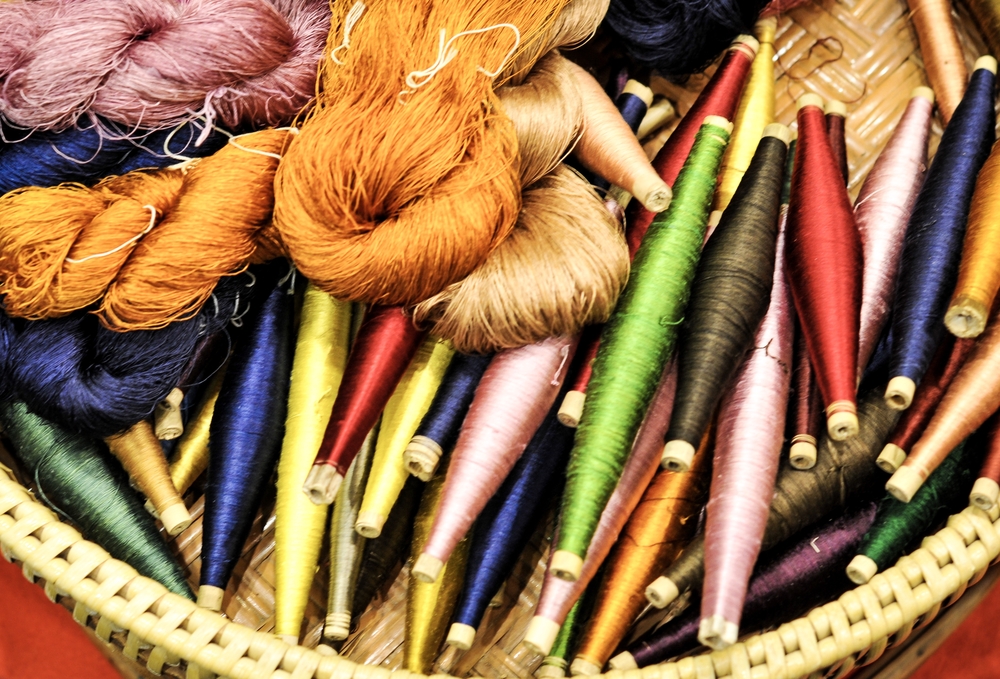
1960s-1970s
With the precedence of ready-to-wear clothing, big brands such as Marks & Spencer became popular, giving rise to similar brands. During this era, women started to wear tailored skirts, high-heeled shoes, and dresses known as shifts. They also wore pants more frequently. Later, body-hugging dresses and short skirts also became popular, as did unisex clothing.
Men began wearing tight trousers, bright military jackets, and patterned shirts. At the same time, the 'hippie culture' took birth which gave rise to tie-dye clothing, bell-bottom trousers, and styles displaying peace signs. These became popular among both men and women.
1970s-1980s
The hippie culture prevailed between the 1970s and the 1980s, along with midi-skirts and min-skirts. This period also gave rise to fashion accessories such as chokers, scarves, headbands, and casual jewellery. However, fashion became heavily inspired by disco towards the latter part of the decade, as men began wearing bright-coloured satin shirts, flannel shirts, and tie-dyes. Women increasingly started to wear formal clothes as their workforce participation increased, although casual clothing took precedence.
1980s-1990s
With increasing access to movies and television shows, people began imitating the styles of actors. Designer swimwear, lingerie, and athletic wear became popular among women. Men began wearing more casual t-shirts, suit jackets, leather jackets, and jeans that were paired with Ray-Ban sunglasses. Jeans and brightly-coloured clothing were seen on almost everyone, while women also wore tailor-made suits with wide padded shoulders to work.
1990s-2000s
Although fashion gained significant popularity, people began switching to practical and simpler styles of clothing. No longer were garments inspired by the hippie or the disco era. Fashion shows were in vogue, while brands such as Versace, Nike, Gucci, Prada, and Tommy Hilfiger gained popularity.
People started wearing more denim and flannel shirts, along with synthetic clothing materials like viscose, spandex, and lycra.
2000s-2010s
At the beginning of the 21st century, fast fashion slowly began gaining momentum. The emergence of brands like H&M, Zara, and Forever 21 only added fuel to the growing demand for ready-to-wear clothing. Moreover, brands also began selling online (e-commerce retail).
During the early 2000s, bohemian clothing, asymmetrical tops, skirts, and maxi skirts became popular. In other words, streetwear style became the dominant fashion trend around the world.
2010s-2020s
With increasing purchasing power, people began buying more clothes. The increase in the number of retail stores only fuelled this trend. Fashion became even more casual, with people preferring athleisure over other forms of clothing. However, at the same time, brands also shifted their focus towards sustainability, choosing to produce clothing using recycled methods.
Conclusion
Today, social media and what we see on TV heavily influence fashion. Trends keep switching from time to time while consumers are spoilt for choices. At the same time, brands are ensuring that their garments are organically produced using recycled materials. This way, they are reducing wastage and burden on the environment.
To find out more about fashion manufacturing and production, check out Fashinza's website.















